Planned features and revisions:
- V6 (in progress) - 3d-printed chassis with a new mainboard and sensor array board assy to clean everything up and make it simpler to work on. I also need to design labelling for the door control panel and a unit label for the back of the chassis.
- V7 - Create a new board set (mainboard, sensor assembly) and have the PCBs custom fabricated. This stage will still have the other breakout boards attach onto the mainboard and is primarilly to remove much of the wiring that needs to be soldered in place to make a unit functional.
- V8 - Create another new board set that also removes many of the breakout boards by having the components soldered onto my custom PBCs. A few components like the Feather controller, TFT and RadiationWatch will still be breakouts since I still want a bit of flexibility (or these are too difficult to replicate).
All 3d-print files and PCB designs will be attached to the project page here.
Current scan data points:
- Atmospheric: Ambient temperature (averaged across 3 sensors), relative humidity, barometric pressure, Target Temp, GRIDeye temp (8x8 grid of IR thermal detectors)
- Electromagnetic: UV Index, IR intensity, RGB Color, Visible light intensity in Lux, UV intensity
- Radiation: Gamma/Xray detection
- Gasses: Carbon monoxide, Nitrogen dioxide, Ethanol, Hydrogen, Ammonia, Methane, Propane, Isobutane
- Mechanical: 3-axis Accelerometer, 3-axis Digital Gyroscope, 3-axis Hall Effect Magnetometer
Currently, the Tricorder Version 6 is made up of the following:
- 1x Feather microcontroller board
- 9x sensor boards
- 1x TFT LCD
- 4x logic boards
- 1x Power boosting board (3.5v to 5v for Gas sensor)
- 2x Neopixels
- 1x 500mAh LiPo battery
- Assorted electonic components (LEDs, switches, wiring...)
- Custom designed 3d-printed chassis (link: https://www.thingiverse.com/thing:3796426)
- Hinges (Item #44445, https://www.rockler.com/butt-hinges-for-small-boxes-3-4quot-height)
- My horrible, patched together code
This is now the 6th iteration of the Tricorder (the first was a prop build, not functioning), running v.o-10 code.
 Queadlunn
Queadlunn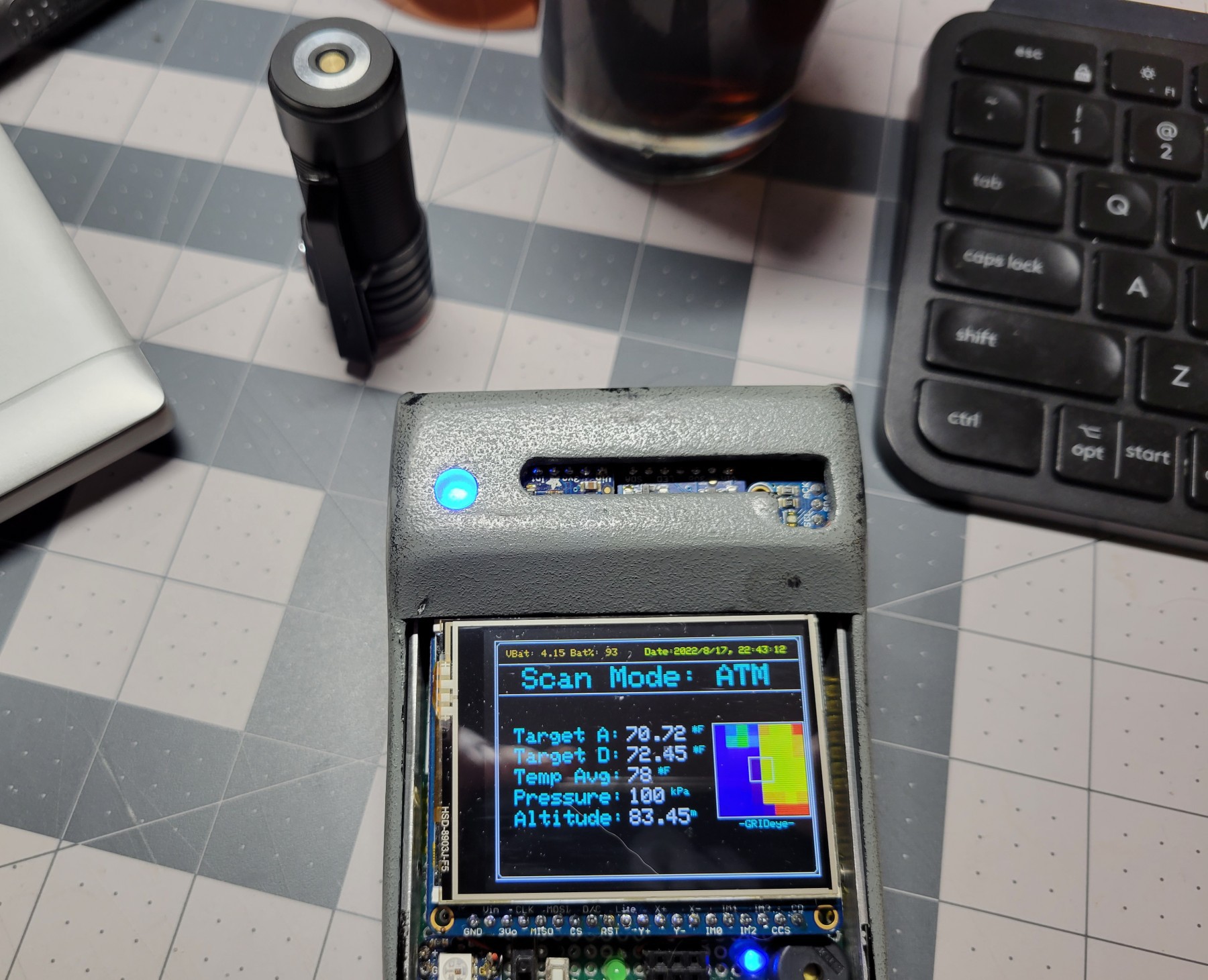
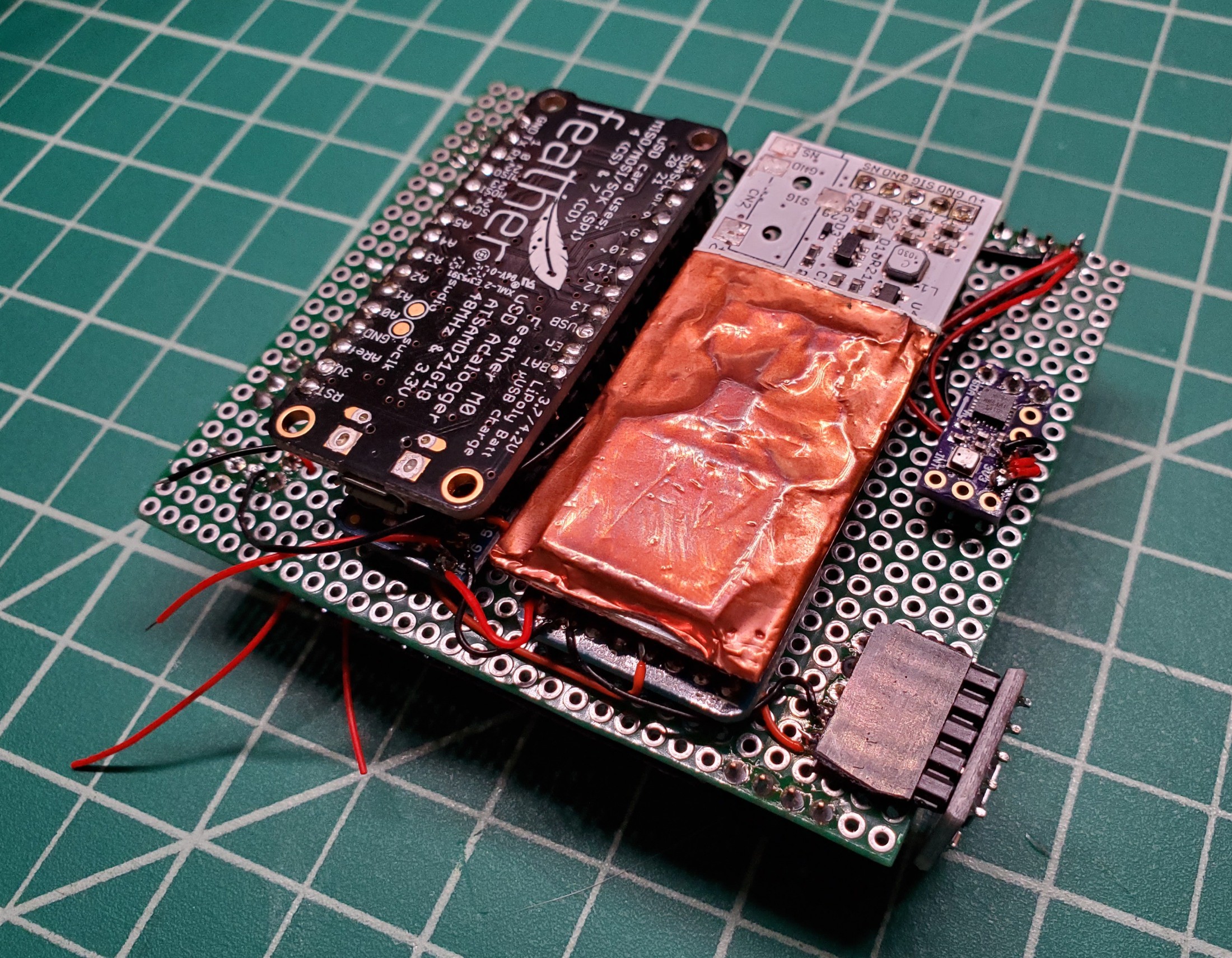
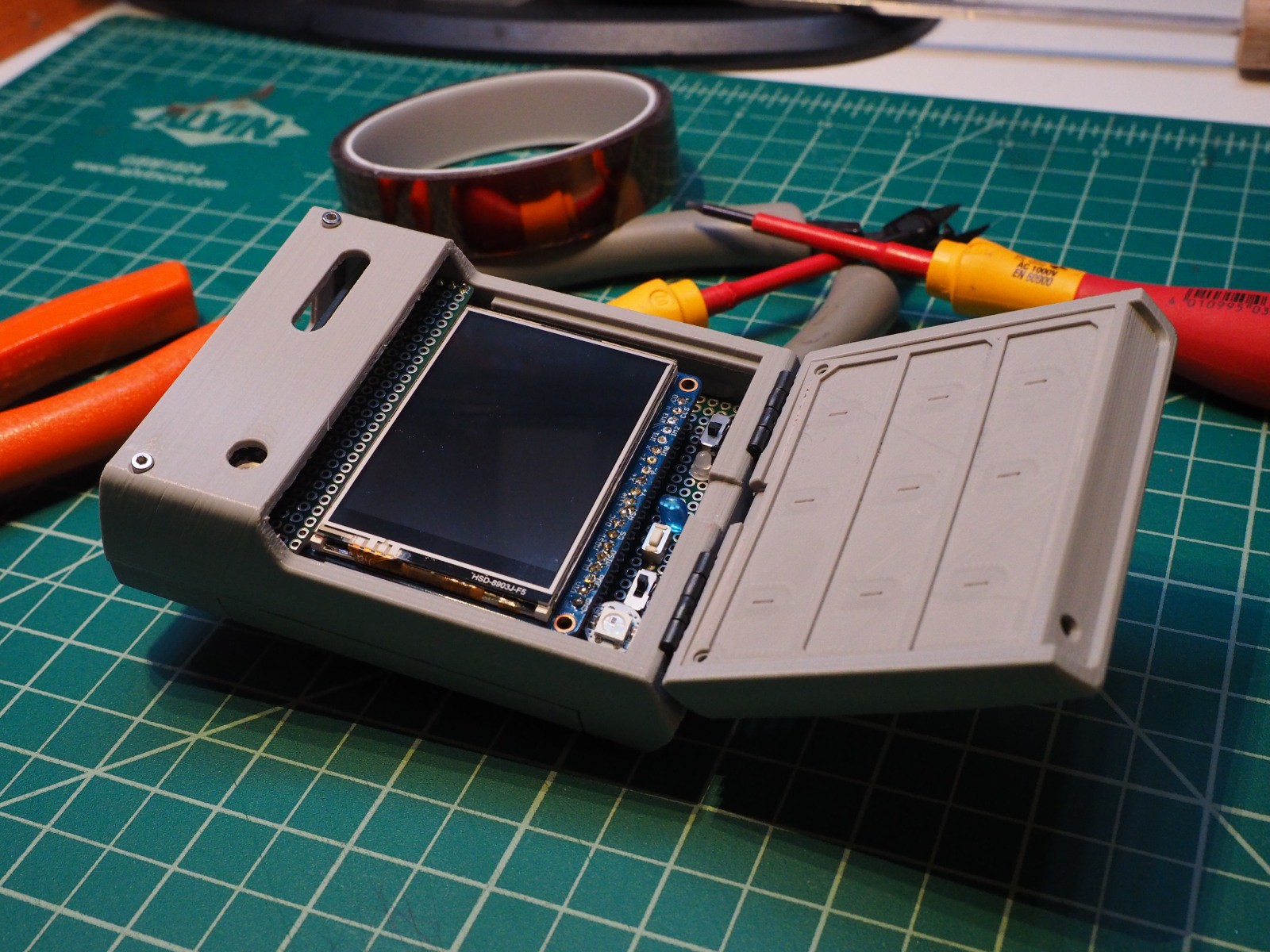
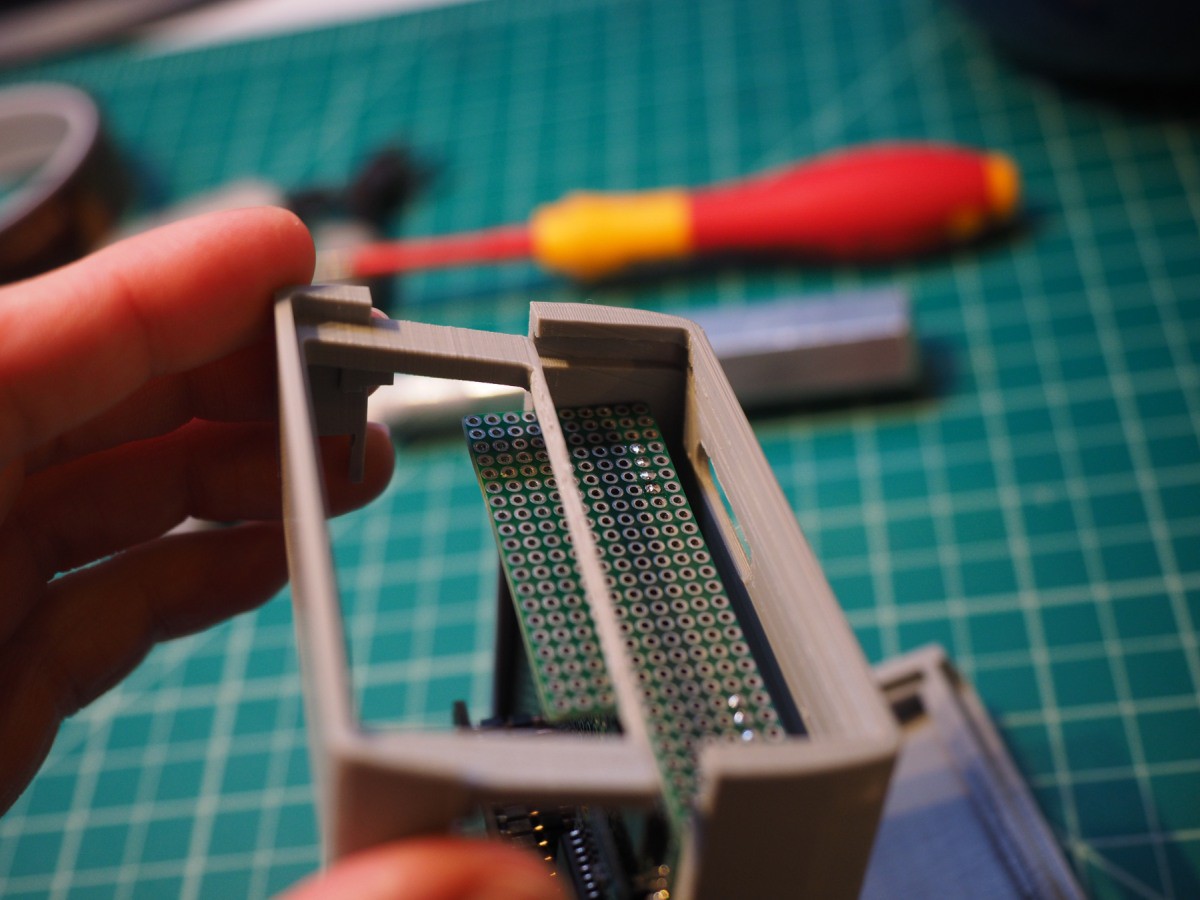
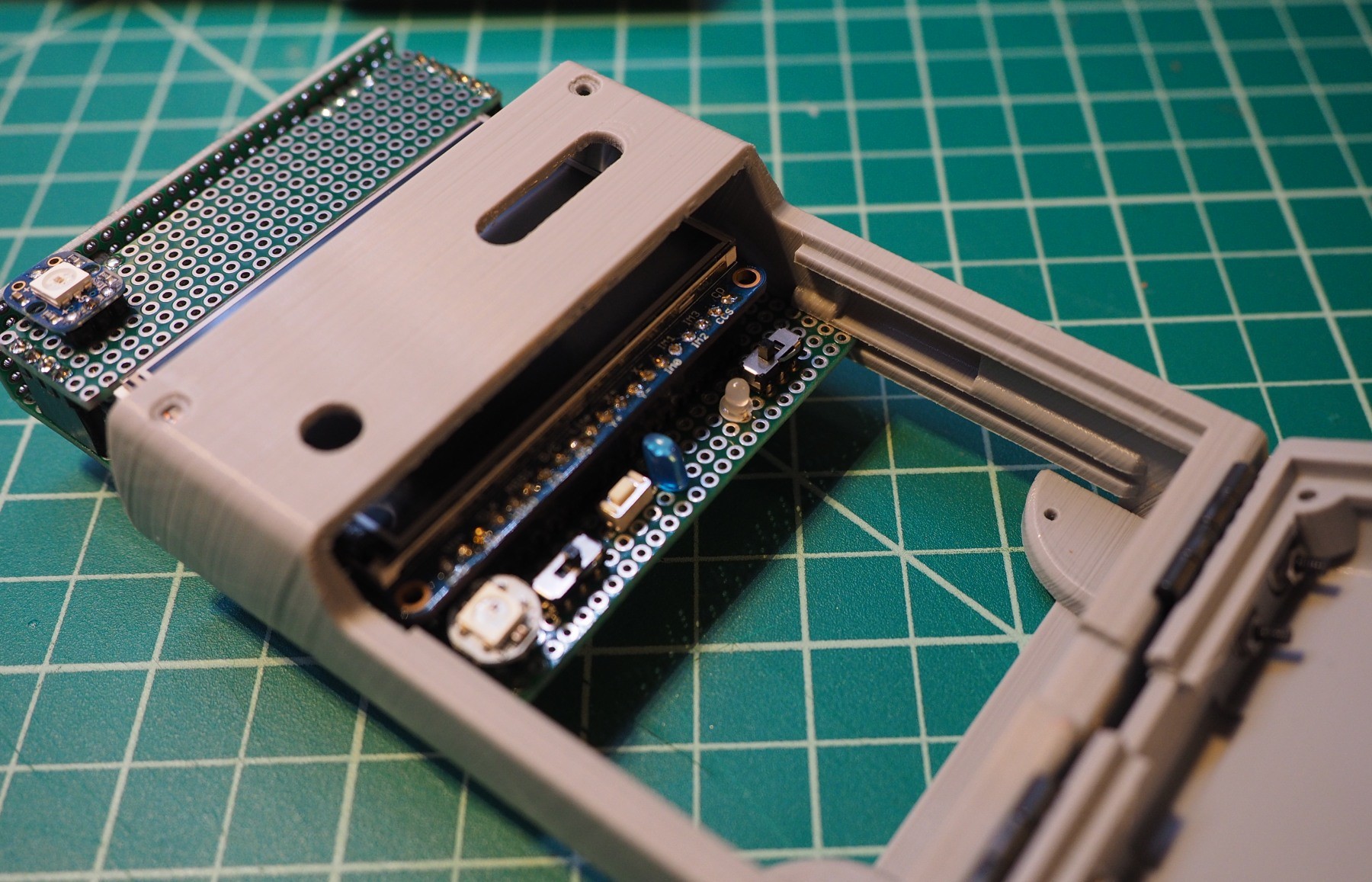
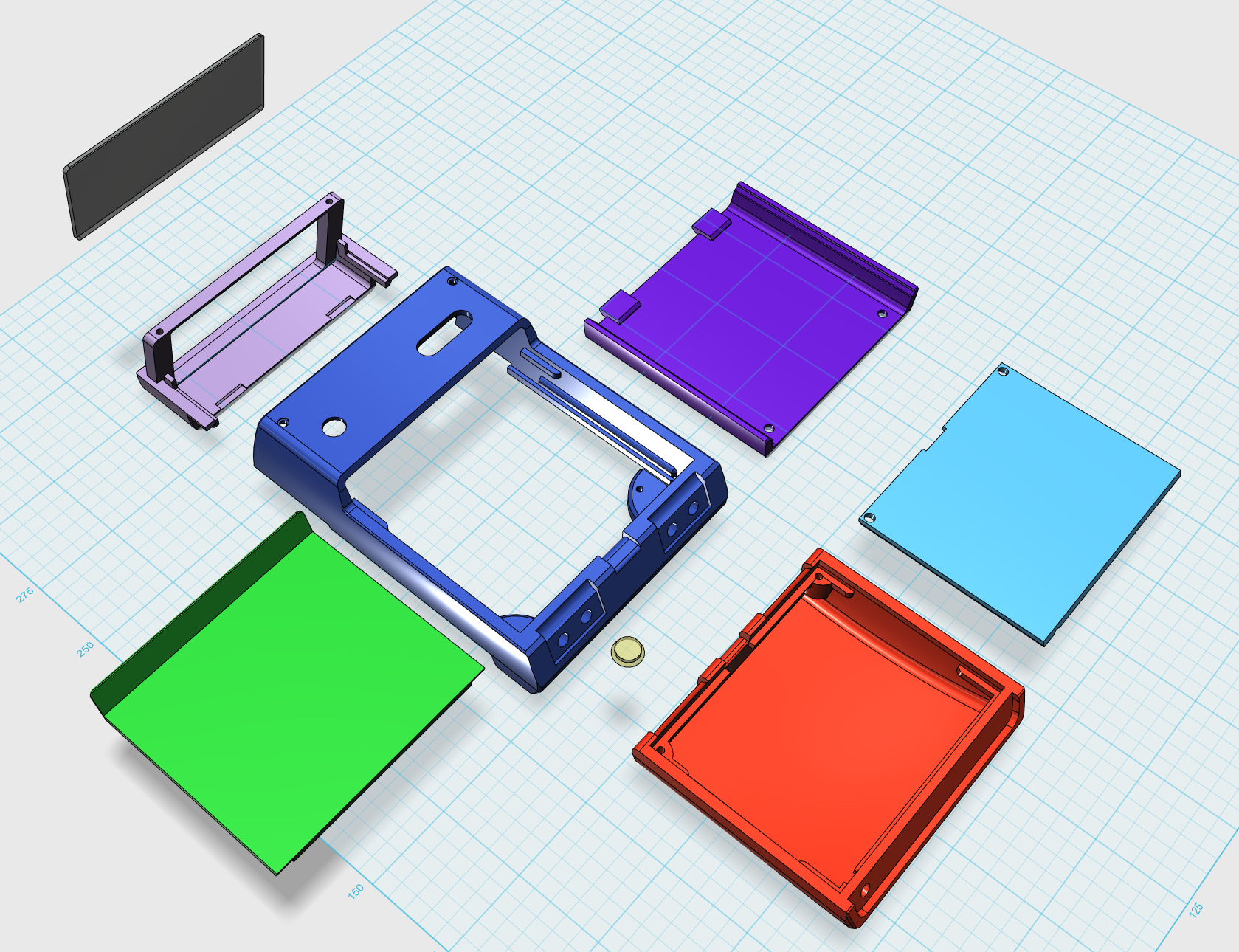
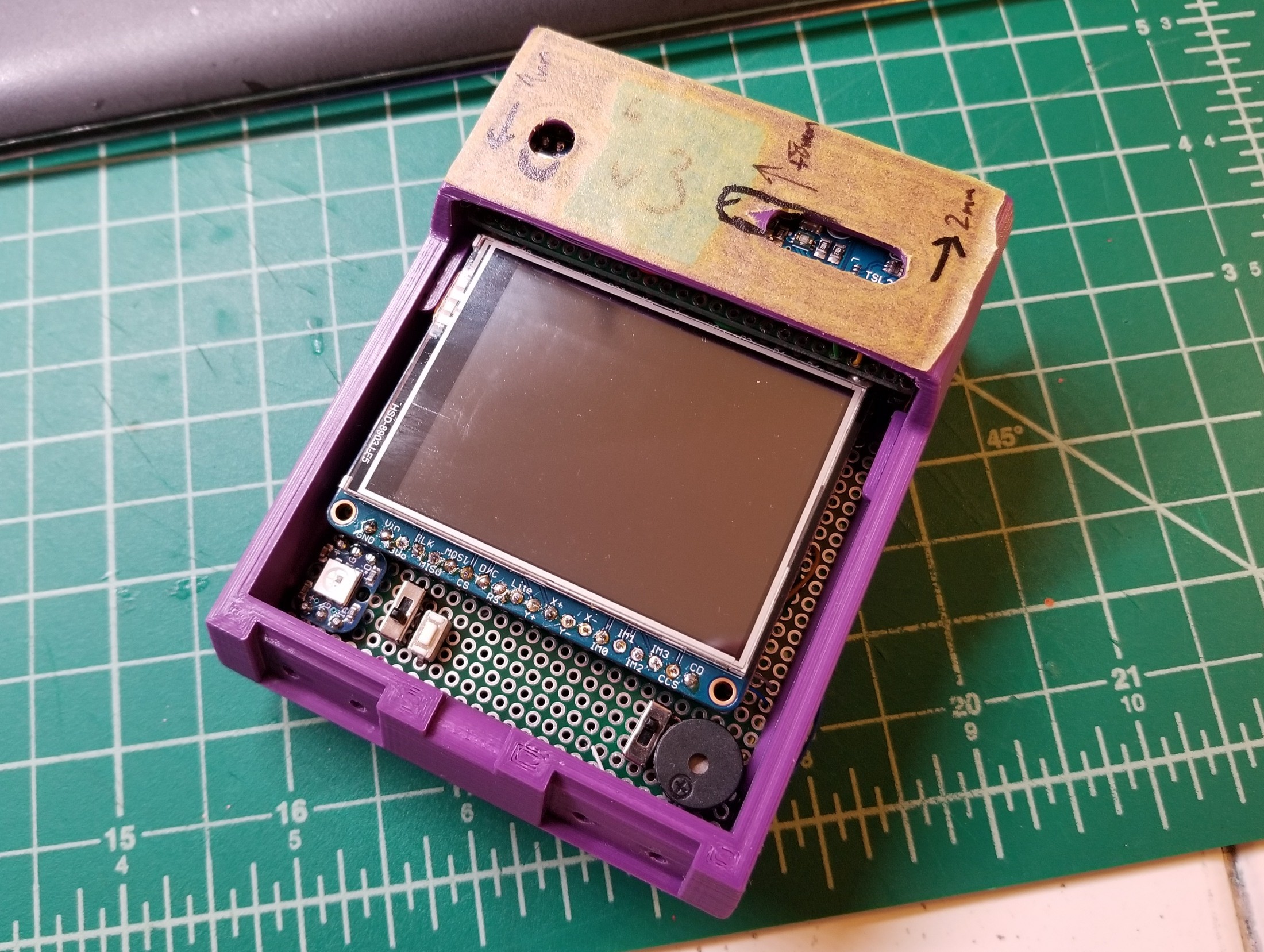
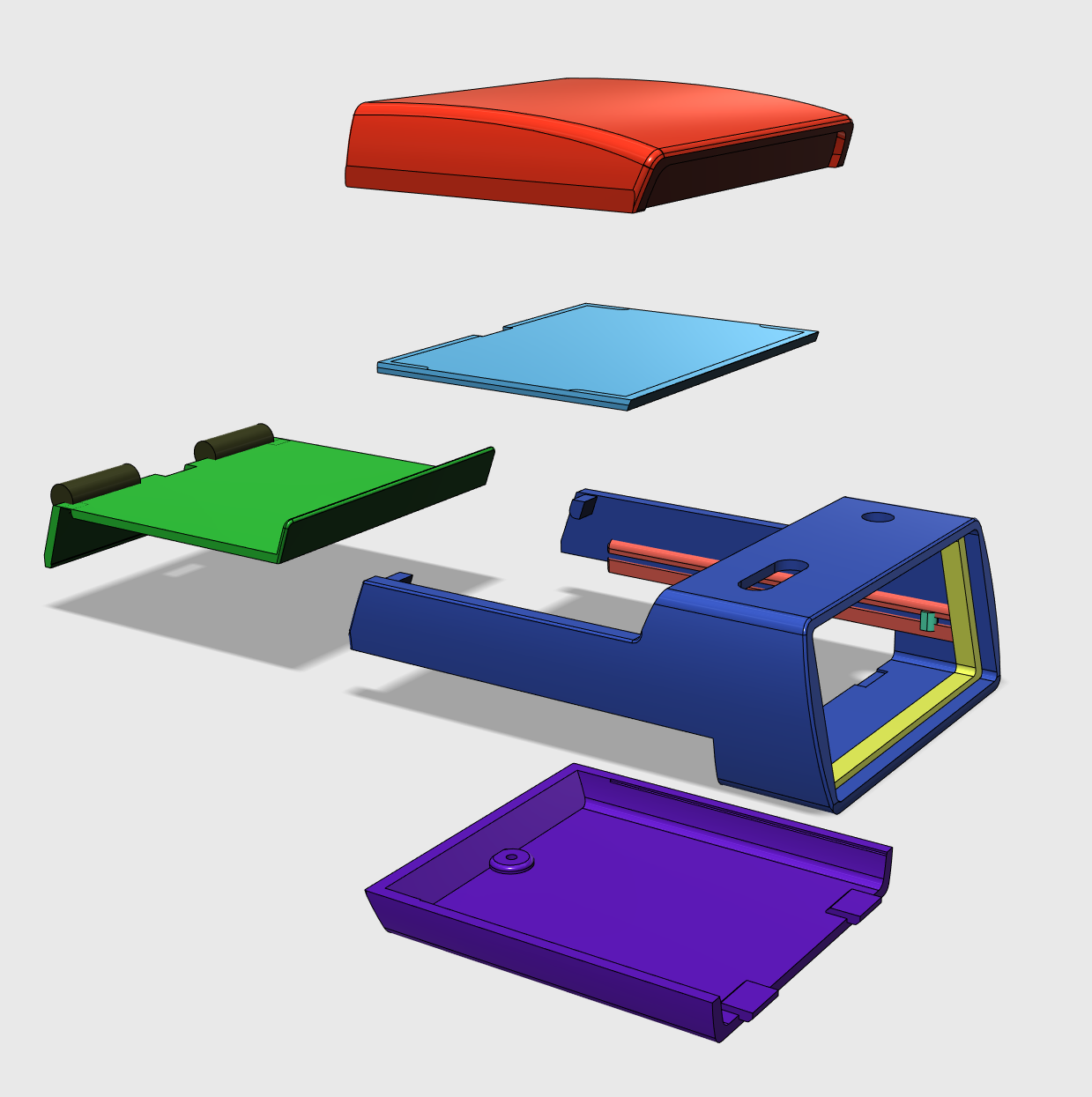
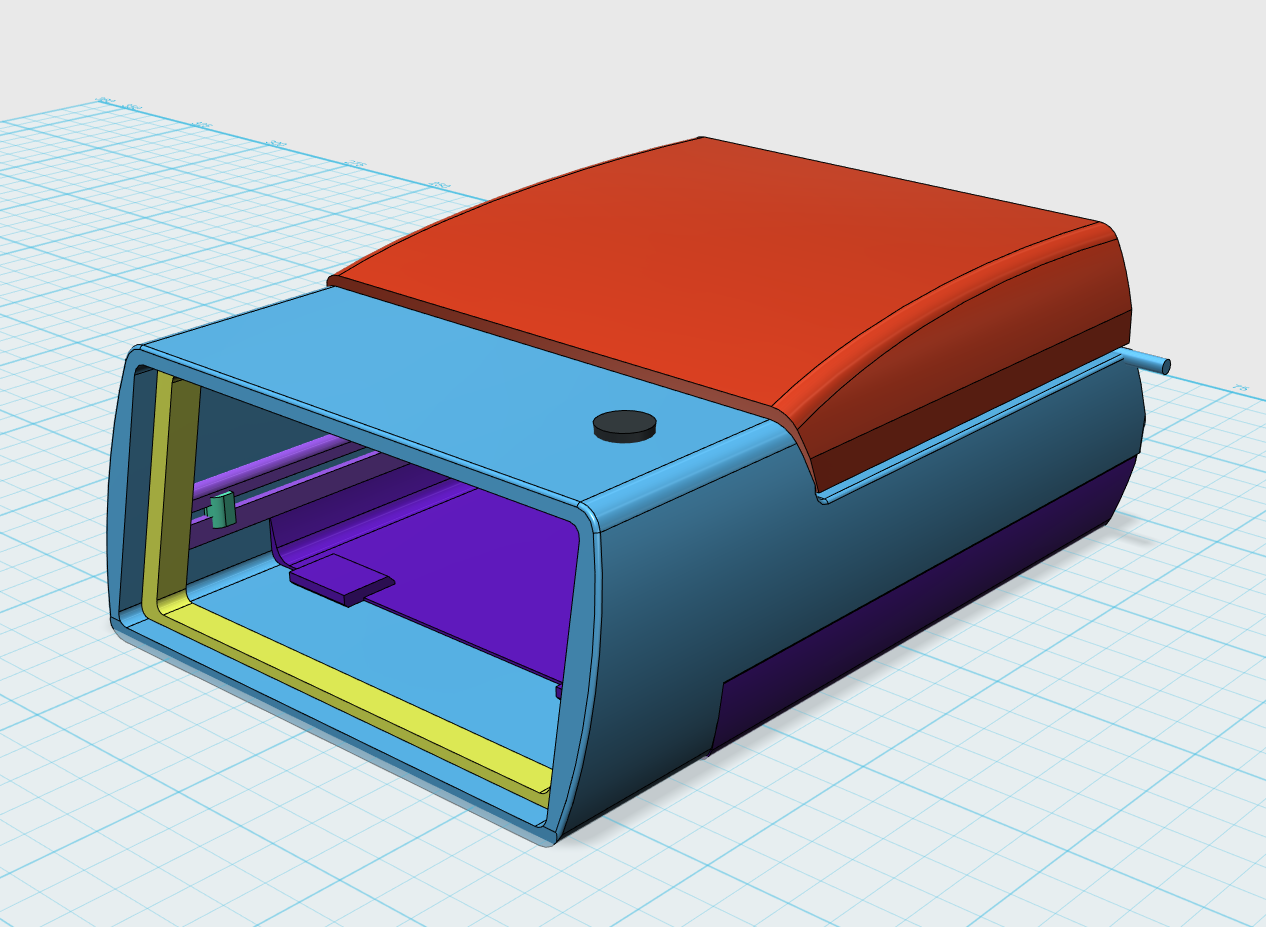
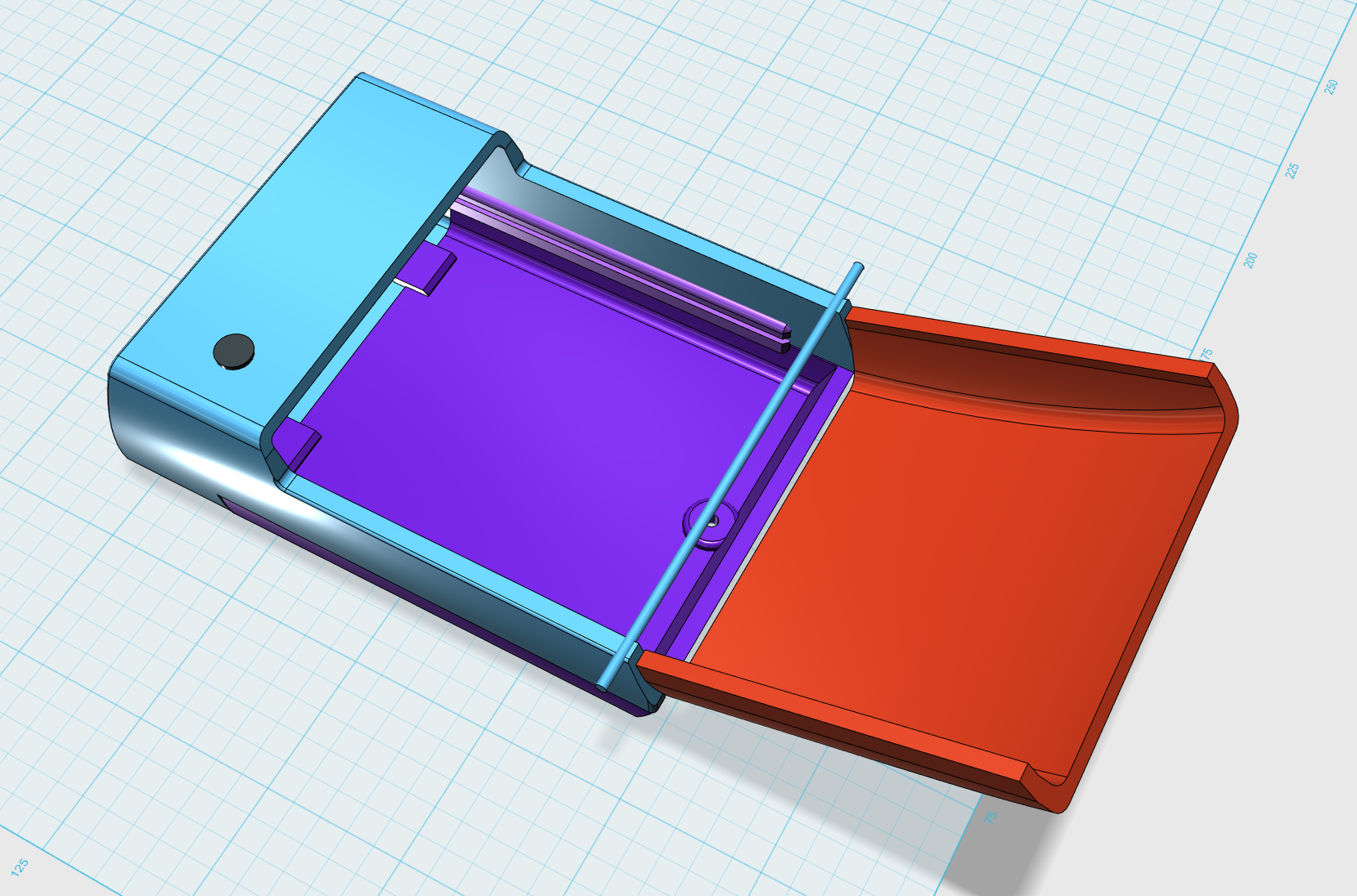

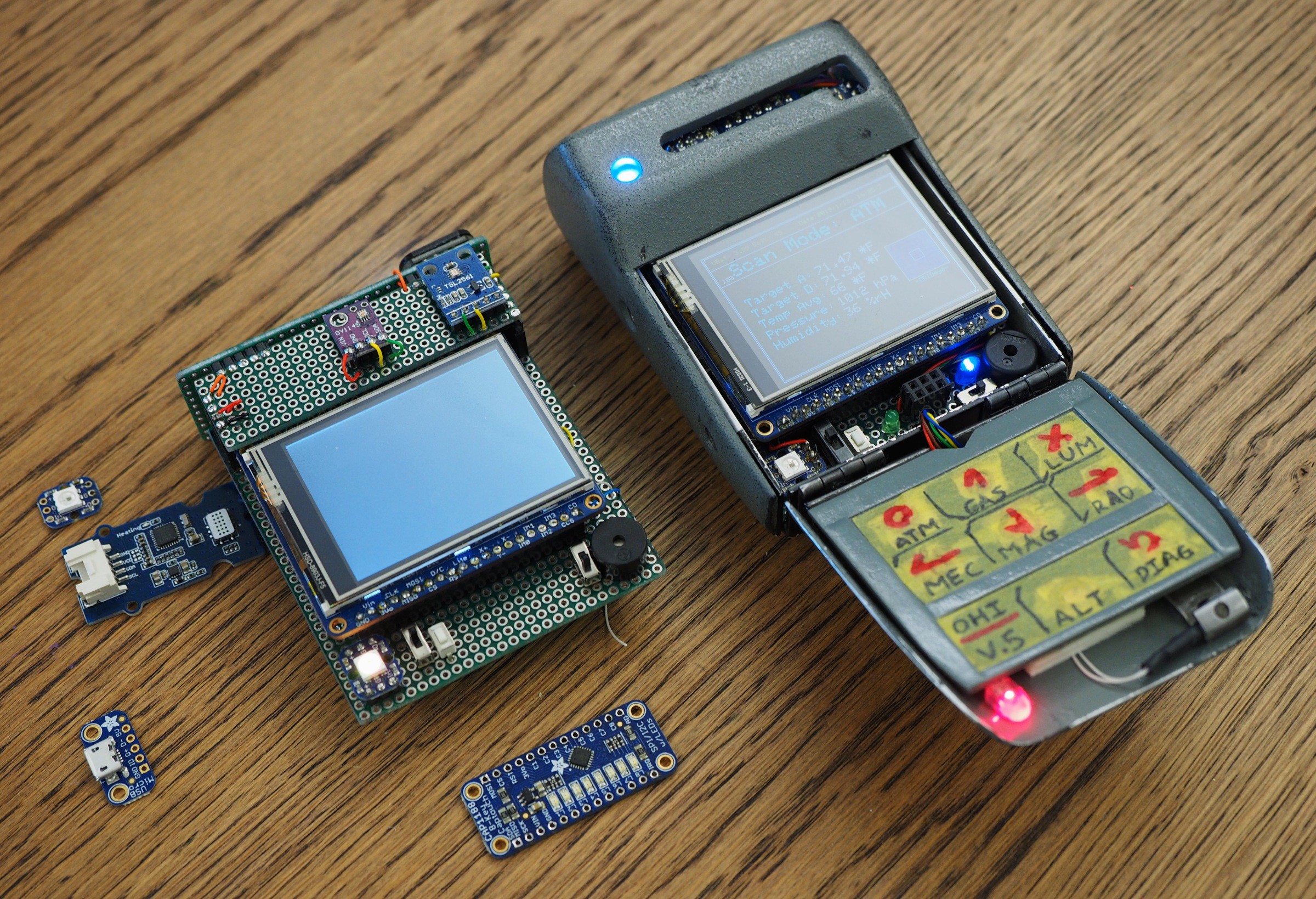

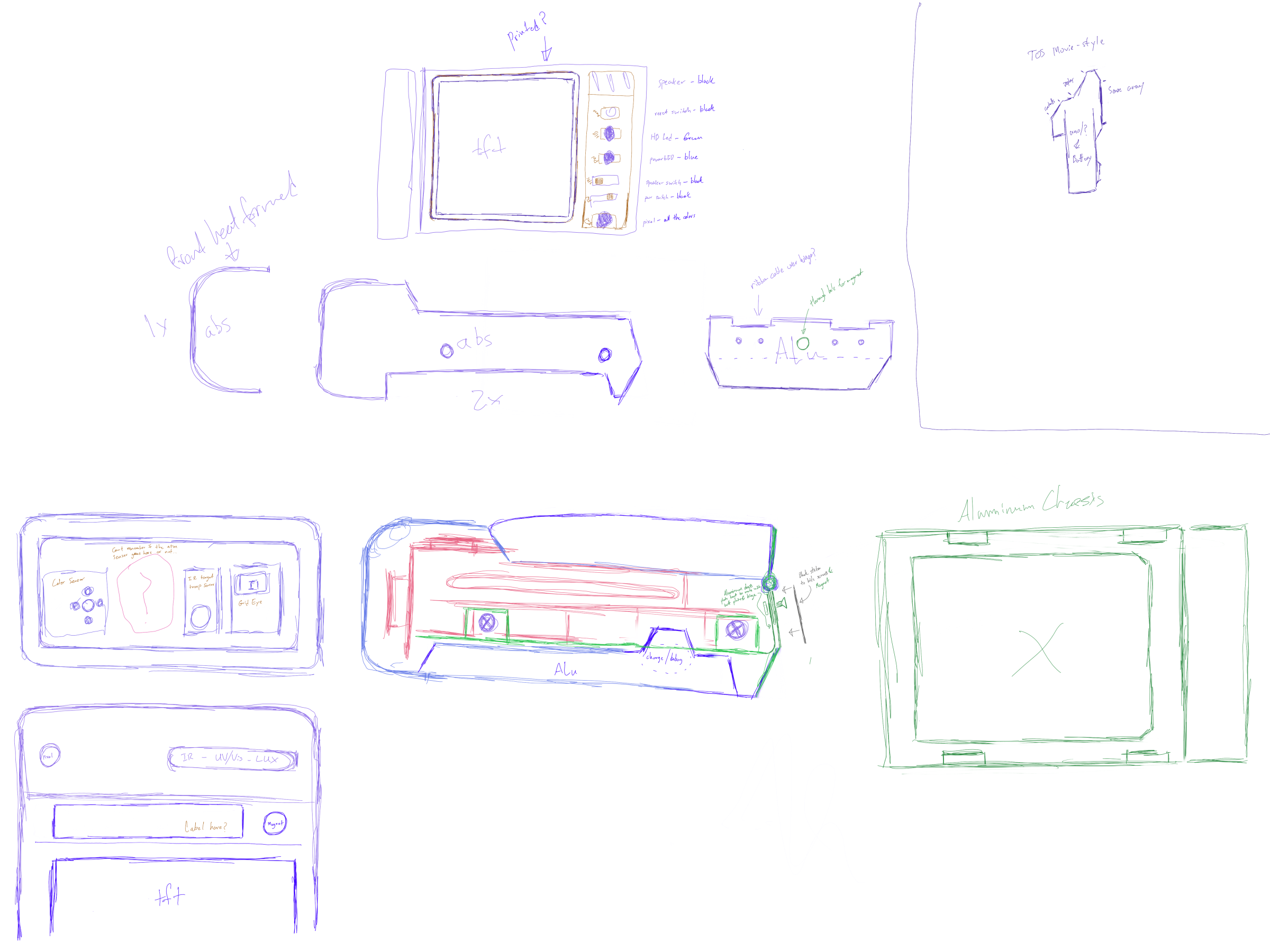


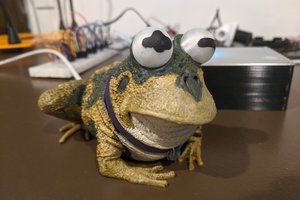
 Ben Brooks
Ben Brooks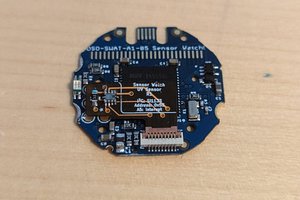
 Wesley Ellis
Wesley Ellis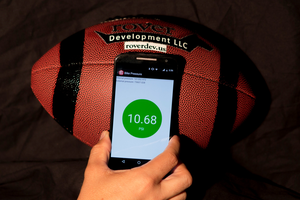
 CaptMcAllister
CaptMcAllister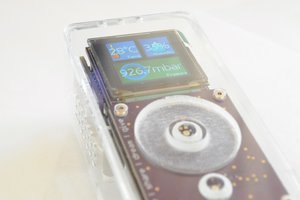
 peter jansen
peter jansen
Have there been any updates? Has anyone had success with building one? If so, how did it go?